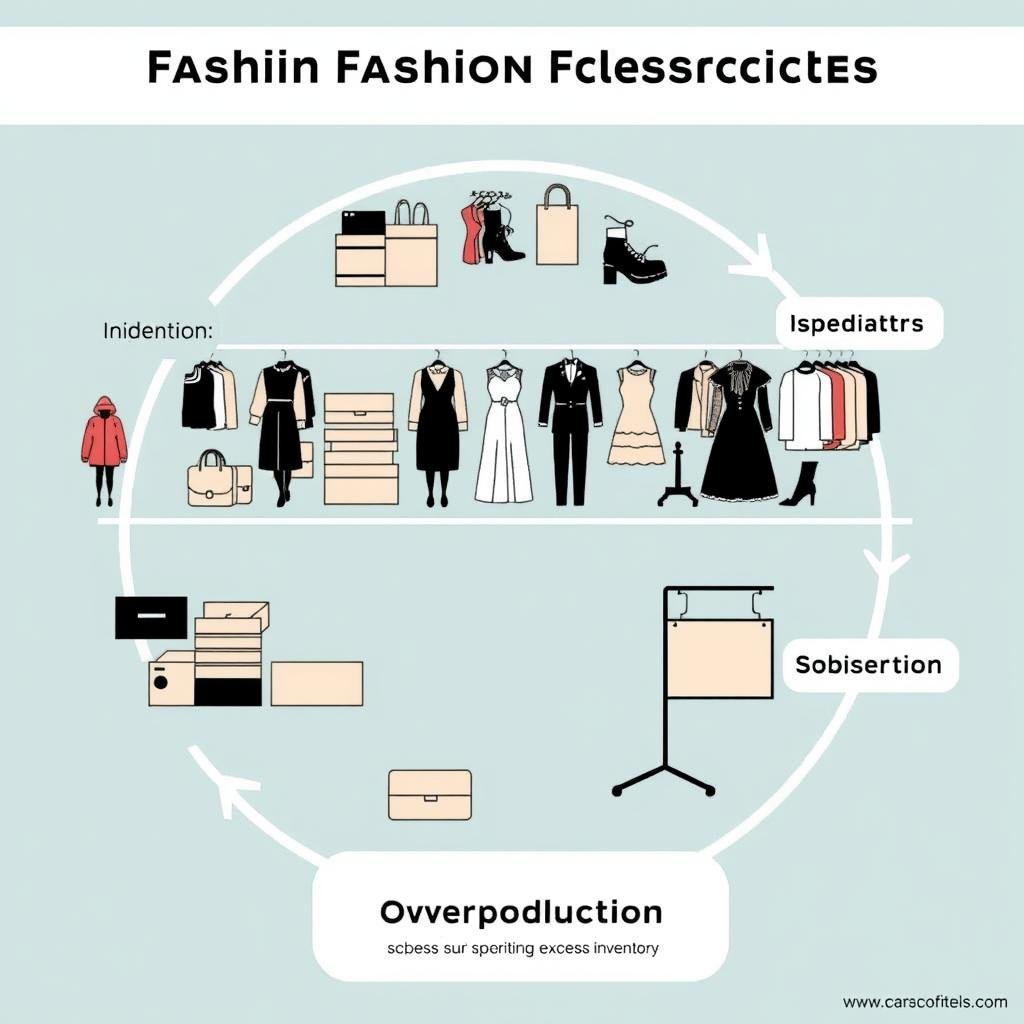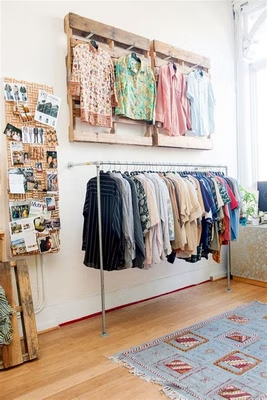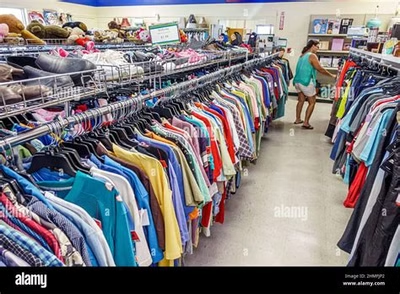The Rise of Surplus Fashion
November 5, 2024
Table of Contents
ToggleIntroduction
The rise of Surplus fashion, the phenomenon of overproduction and unsold apparel flooding the market, has emerged as a significant trend in the global fashion industry.Surplus fashion refers to the re purposing and resale of excess inventory or unsold garments from fashion brands. It encompasses a wide range of items, including clothing, accessories, and footwear, that have been diverted from landfills and given a second life. This trend is not only environmentally friendly but also offers consumers a unique and affordable way to express their personal style.

What is Surplus Fashion?
Overproduction: Brands and retailers often manufacture more clothing than they can sell, leading to a surplus.
Unsold Inventory: Excess apparel that fails to sell during the regular season is considered surplus fashion.
Liquidation Channels:Surplus fashion is often sold through discount outlets, thrift stores, or online liquidation platforms.
The Environmental Impact of Fast Fashion.
The traditional fashion industry is notorious for its negative environmental consequences. The production of clothing often involves harmful chemicals, excessive water consumption, and significant carbon emissions. Additionally, the disposal of unwanted garments contributes to landfill waste and pollution. The rise of surplus Fast fashion, in particular, has exacerbated these problems by encouraging consumers to purchase low-quality, disposable clothing at a rapid pace.
The Rise in Surplus fashion provides a solution to these issues by reducing waste and promoting sustainable consumption. By giving excess inventory a second chance, surplus fashion helps to alleviate the burden on landfills and minimize the environmental impact of the fashion industry. Moreover, the repurposing of existing garments reduces the need for new production, thereby conserving resources and reducing carbon emissions.
Benefits of Surplus Fashion
In addition to its environmental advantages, surplus fashion offers several benefits for consumers:
Affordability: The rise of Surplus fashion items are often sold at a fraction of the original retail price, making them accessible to a wider range of consumers.
Uniqueness: The rise of Surplus fashion pieces are often one-of-a-kind items that cannot be found in stores. This allows consumers to express their individuality and stand out from the crowd.
Sustainability: By choosing surplus fashion, consumers can make a positive impact on the environment and support sustainable practices.
Quality: Many surplus fashion items are high-quality garments that have simply not sold at the original retail price. This means consumers can enjoy durable and stylish clothing at a fraction of the cost.

The Growing Popularity of Surplus Fashion
The popularity of surplus fashion is on the rise, driven by a growing awareness of environmental issues and a desire for more sustainable consumption habits. Consumers are increasingly seeking out secondhand and vintage clothing as an alternative to fast fashion. Online marketplaces, thrift stores, and consignment shops have become popular destinations for those looking to discover unique and affordable surplus fashion items.
Sustainability Initiatives in Surplus Fashion
CircularEconomy:Implementing circular economy principles to extend the life cycle of fashion products and reduce waste.
TransparencyandTractability:Improvingsupply chain transparency and traceability to ensure ethical and sustainable practices.
SustainableMaterials:Utilizingeco-friendly,recycled,orbiodegradable materials in the production of surplus fashion items.

Challenges and Opportunities
Despite its growing popularity, the rise of surplus fashion still faces several challenges. One of the main obstacles is the perception that secondhand clothing is less desirable or fashionable than new garments. However, as the quality and variety of the rise of surplus fashion items improve, this stigma is gradually being eroded.
Another challenge is the lack of standardization in the rise of surplus fashion market. This can make it difficult for consumers to find reliable and trustworthy sources of surplus clothing. However, the emergence of online platforms and specialized retailers is helping to address this issue.
Despite these challenges, the future the rise of surplus fashion looks promising. As consumers become more conscious of the environmental impact of their choices, the demand for sustainable and affordable fashion options is likely to continue growing. By embracing surplus fashion, individuals can contribute to a more sustainable and equitable fashion industry while enjoying the benefits of unique and affordable clothing.
The Future of Surplus Fashion: A Circular Economy
The rise of surplus fashion is a promising development that signals a shift towards a more sustainable and circular economy. A circular economy is a model of production and consumption that purpose to minimize waste and pollution by keeping resources in use for as long as possible. Surplus fashion aligns perfectly with this concept by extending the life cycle of garments and reducing the want for new production.
As the demand for the rise of surplus fashion continues to grow, it is likely to have a significant impact on the traditional fashion industry. Brands are increasingly recognizing the potential of surplus fashion as a way to reduce waste and improve their sustainability credentials. Some are even experimenting with circular business models, incorporating surplus fashion into their product design and production processes.
One example of a circular fashion model is the concept of “rent-to-own.” This model allows consumers to rent garments for a period of time before purchasing them outright. If the garment is no longer needed, it can be returned to the rental company, where it can be reused by other customers. This approach reduces the need for new production and helps to keep garments in circulation.
Conclusion
The rise of Surplus fashion is a powerful movement that offers a sustainable alternative to the traditional fashion industry. By repurposing excess inventory and promoting sustainable consumption, surplus fashion helps to reduce waste, conserve resources, and minimize the environmental impact of clothing production.
For consumers, surplus fashion offers a unique opportunity to express their individuality, discover affordable and stylish clothing, and make a positive impact on the planet. As the popularity of surplus fashion continues to grow, it is poised to become a mainstream trend that shapes the future of the fashion industry.
